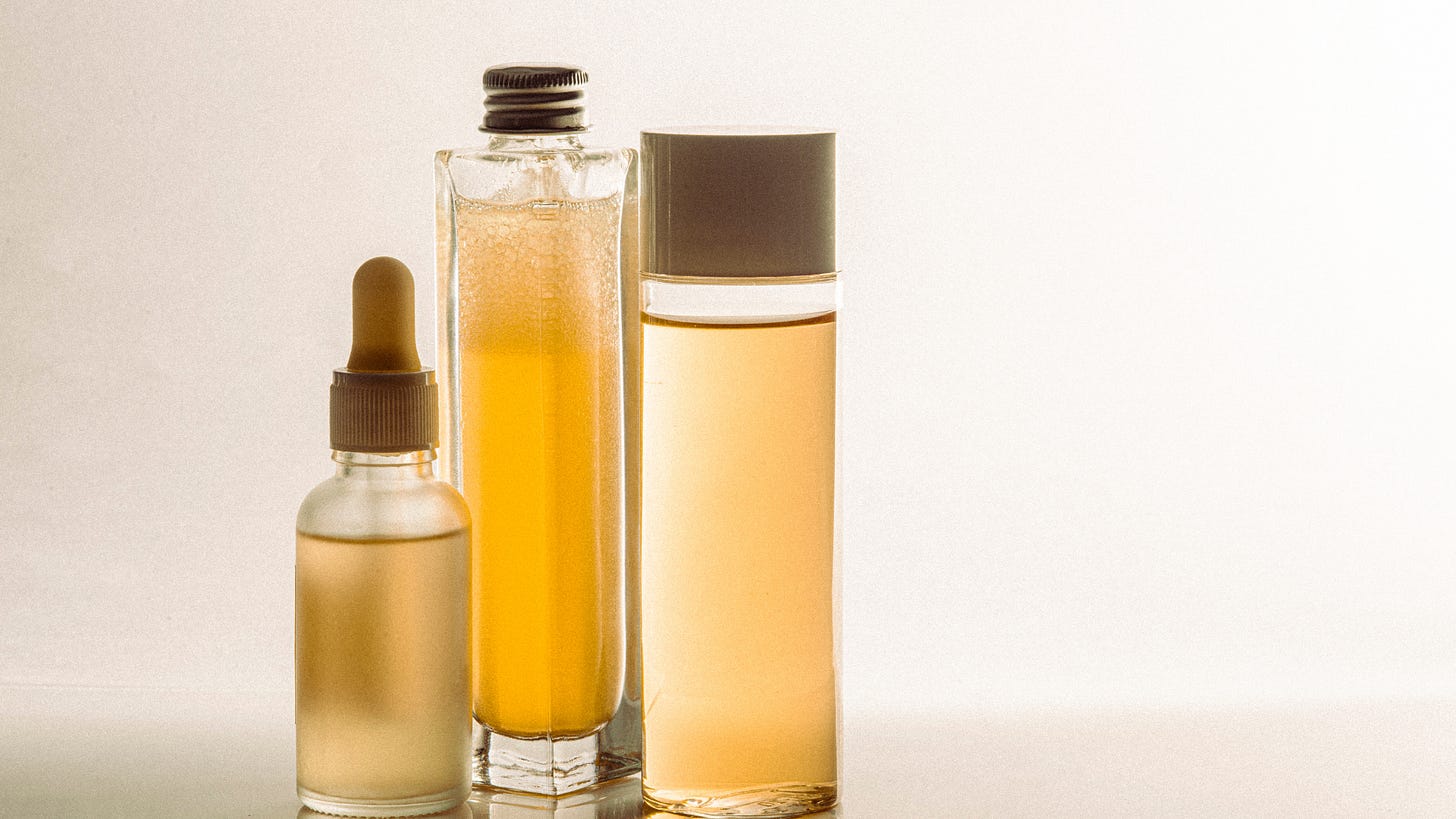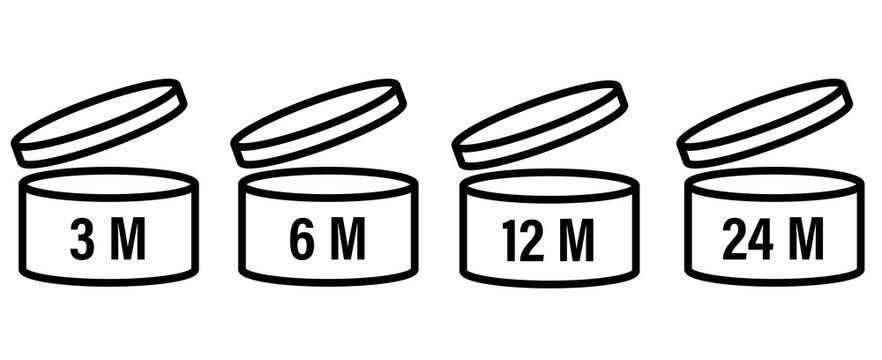Guide to Knowing When to Toss Your Beauty Products
Skin Deep: Know when to throw your products
Why This Matters
That $90 serum sitting on your shelf for two years? That mascara you’ve been using since college? That “natural” deodorant that smells…different?
Beauty products don’t last forever. When they expire, it’s not just that they stop working—they can irritate skin, cause infections, or grow bacteria you can’t see.
Learning to spot expiration markers is self-care at its most real, not another trend, but a way to protect your skin, eyes, and overall health.
Part 1: Skincare Products When to Say Goodbye
Shelf Life (Unopened)
Cleansers & Toners: 1–2 years
Moisturizers & Creams: 1–2 years
Serums with Actives (Vitamin C, Retinol, Acids): 6–12 months
Sunscreen: Check printed expiration date (UV filters degrade fast)
After Opening
Cleansers & Toners: 12 months
Moisturizers & Creams: 6–12 months
Serums (Vitamin C especially): 3–6 months look for color changes (e.g., Vitamin C turning brown = oxidized = toss)
Sunscreen: Follow printed expiration date OR 12 months after opening—whichever comes first
Toss Immediately If:
Smell changes (rancid, sour, chemical-like)
Texture separates or clumps
Formula color shifts (white cream turning yellowish, clear serum darkening)
Packaging bulges or leaks (possible bacterial growth)
Anomalous Tip: Label every new product with the date opened (Sharpie on the bottom). It removes guesswork.
Part 2: Makeup—Where Most People Take the Biggest Risks
Face Makeup
Liquid Foundation & Concealer: 12–18 months
Powder Foundation & Blush: 2 years (low water content = less bacteria)
Cream Blush & Contour Sticks: 12 months
Eye Products (Highest Infection Risk)
Mascara: 3–6 months (pumping the wand pushes air & bacteria inside)
Liquid Eyeliner: 3–6 months
Pencil Eyeliner: 12 months (sharpening reduces contamination)
Eyeshadow (Powder): 2 years
Cream Eyeshadow: 12 months
Lip Products
Lipstick & Gloss: 12–18 months
Lip Balm (in pots): 6–12 months (pot formulas = bacteria risk)
Signs It’s Unsafe
Change in smell (crayon-like = oils gone rancid)
Product feels stiff, dry, or crumbly when it used to be smooth
Mascara dries, clumps, or smells like vinegar
Lip products cause tingling/burning; they didn’t before
Health Risks: Expired mascara and eyeliner can cause pink eye, styes, or serious corneal infections. If you’ve ever had an eye infection, replace eye makeup immediately after recovery.
Part 3: Body Care Products—The Overlooked Shelf
Lotions & Body Creams
Unopened: 2–3 years
Opened: 12–18 months
Signs of Expiry: Separation, grainy texture, unusual odor (rancid oils).
Body Wash & Shower Gel
Unopened: 2–3 years
Opened: 12 months
Signs of Expiry: Cloudiness (for clear gels), scent changes, unusual thickness.
Deodorants & Antiperspirants
Unopened: 2–3 years
Opened: 12–24 months (solid), 12 months (roll-on or cream)
Natural deodorants: Often expire faster (6–12 months) due to fewer preservatives.
Sunscreen (Body & Face)
Printed expiration date is non-negotiable.
Don’t leave it in a hot car or beach bag; heat breaks down active UV filters faster.
Scrubs, Masks & Exfoliants
Oil-based scrubs: 12–24 months
Water-based scrubs/masks: 6–12 months
Clay masks: If they dry out or change smell, toss.
Part 4: Decoding the Symbols on Your Packaging
PAO (Period After Opening)
The little jar symbol (like “12M”) = safe for 12 months after opening.
Expiration Date
Not all products print one, but sunscreens, acne treatments, and some prescription-strength skincare do. Always follow these strictly.
Batch Codes
If there’s no printed date, check batch codes online (sites like checkcosmetic.net can decode the manufacturer date).
Be Anomalous Closing Note
This isn’t about perfection or guilt, it’s about safety, self-trust, and self-respect. The beauty industry pushes us to buy more, faster, but keeping products beyond safe use dates is not an act of value; it’s an act of risk.
Your skin deserves products that work as intended, not products that expired three summers ago.
Skin Deep is where we strip away the surface and get to the raw, unfiltered truths about identity, self-trust, and the inner battles that shape who we are. It’s not about looking polished; it’s about getting honest.
Until next time.
Be bold. Be real. Be anomalous.




